Old Shure Ribbons

Shure Model 300 and 315 Ribbon Mics
Wednesday, March 6, 2013

My first decent microphones were a pair of Shure 315 ribbons. Such an improvement over the plastic five dollar crystal mics I had been using with my new Lafayette Deluxe tape deck!
A look at some old Shure mics from the days when high quality meant ribbons.
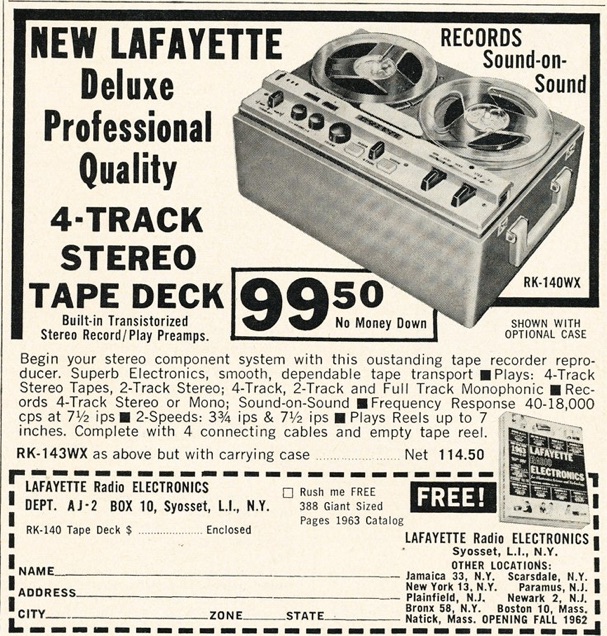
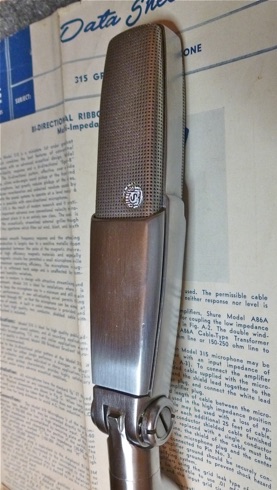
The 315 is the less fancy, more rugged of the two mics Shure built on this chassis. It cost a few dollars less and lacked the Music / Voice switch and rubber isolator in the stand mount. Bass response rolled off gently, whereas in the Music position, the 300 is spec’d as flat.
In practice, the 300 is a better mic for distant pickup and the 315 is better for vocal or close work because it has a built-in pop and wind filter. The main acoustic difference between the models is the fabric glued to the inside of the grille.
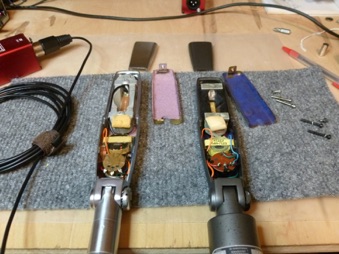
I remarked to Rick Crampton, whom I originally bought the 315s from, that I was thinking of adding an internal preamp to the ribbons to make them more compatible with my computer interfaces which are designed for condenser mics. Rick remembered he had a NOS 300, and mailed it to me. So we get to compare an early production 315 to a late production 300.
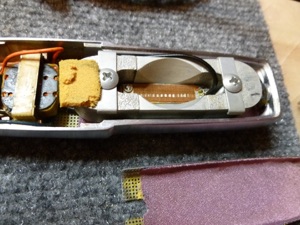
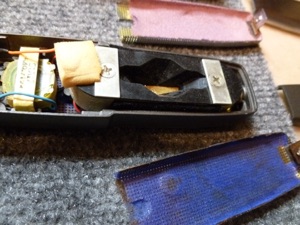
Front view - 315 on the left, 300 on the right. The 315 has a thin purple wool fabric glued inside the grille which provides fairly substantial wind and pop reduction, while cutting sensitivity and especially bass response compared to the 300’s extremely fine blue silk lining. When used as a vocal mic, however, the bass is augmented by the fig.8 pattern’s strong proximity effect. The 300 in the Voice position uses a choke across the transformer to roll off the bottom end.
I can testify that the 315’s filter provides decent protection to the ribbon from wind and close speech, since I used the mics without any additional wind screens outdoors and for vocals. At 18, I knew the mics were a bit delicate, but I didn’t know what to do about it, and they did take some abuse over the years. They’ve been trouble free except that the wires to the XLR connector are under spring tension at the hinge, and the solder eventually fatigued and had to be redone.
The other difference is the 300 has a rubber piece fitted over the front of the magnet assembly. I don’t know whether that’s a difference between late and early production or whether all 300s had that. It may be intended to funnel sound more directly to the active ribbon.
More pictures:
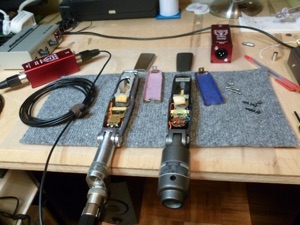
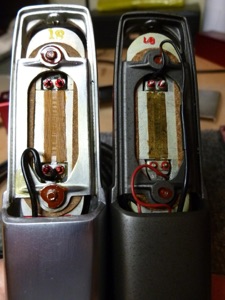
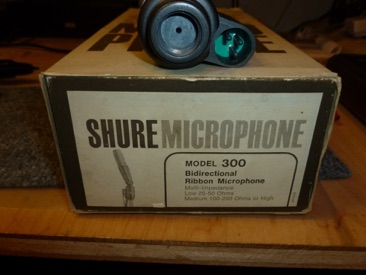
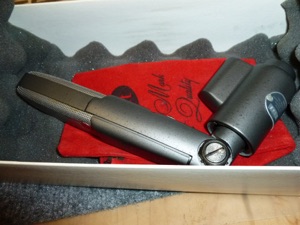
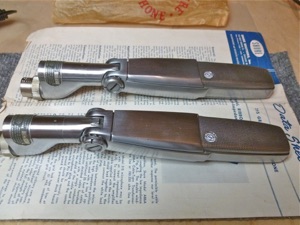
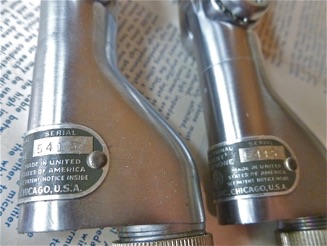
Back View.
Ribbon is at the back side of the magnets.
The mics sound more open from the back, brighter from the front side.
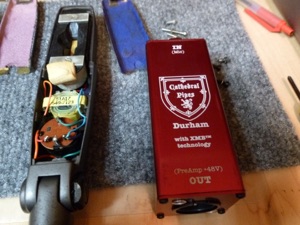
Both of mine are stamped serial # 5415. Does that mean they were a pair, both made 15th week of 1954, or what?
Cathedral Pipes solved my problem matching ribbons to modern mic inputs. Phantom powered preamps provide 20 dB of quiet FET gain and an input impedance of 3K.
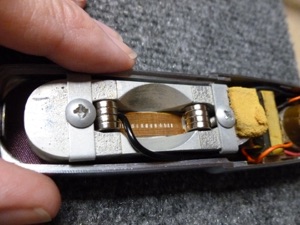
As an experiment, I squeezed some neodymium super magnets between the poles of Shure’s Alnico horseshoe magnets to see if I could get a stronger field and more sensitivity. In a word, no. No difference. Lots of alnico trumps small neodymium slugs.
I like these old mics. They aren’t used often, but they are musical and natural, and there are places where nothing else works as well, so I hang on to them. Sound sample here. Sample here with Cathedral Pipes preamps.

